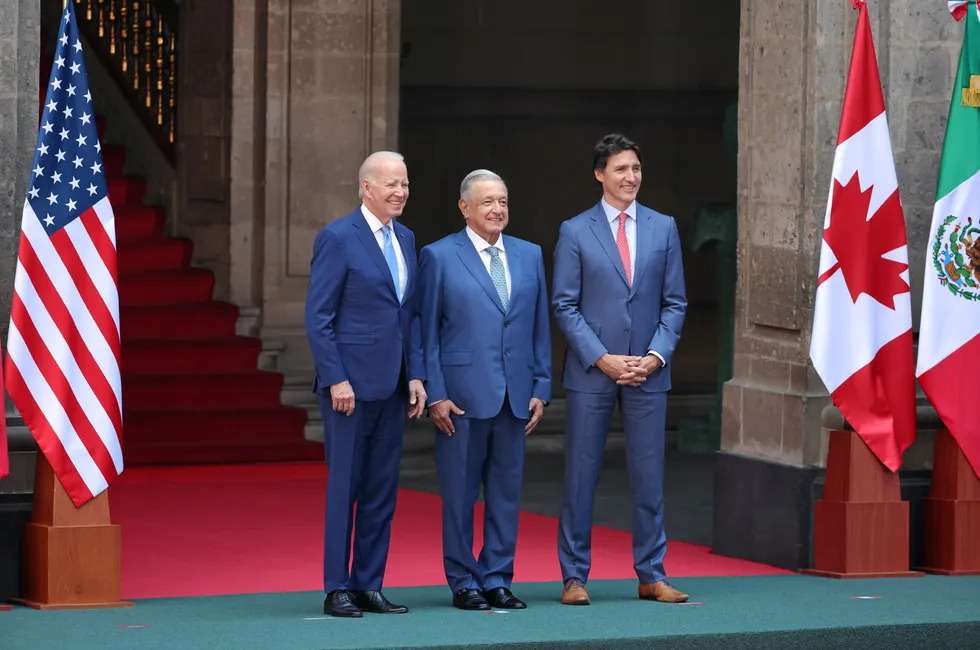US, Canada and Mexico agree to develop 'North American clean hydrogen market'
Plan includes 'potential cooperation' on standards, cross-border H2 clusters and green freight corridors

Plan includes 'potential cooperation' on standards, cross-border H2 clusters and green freight corridors
